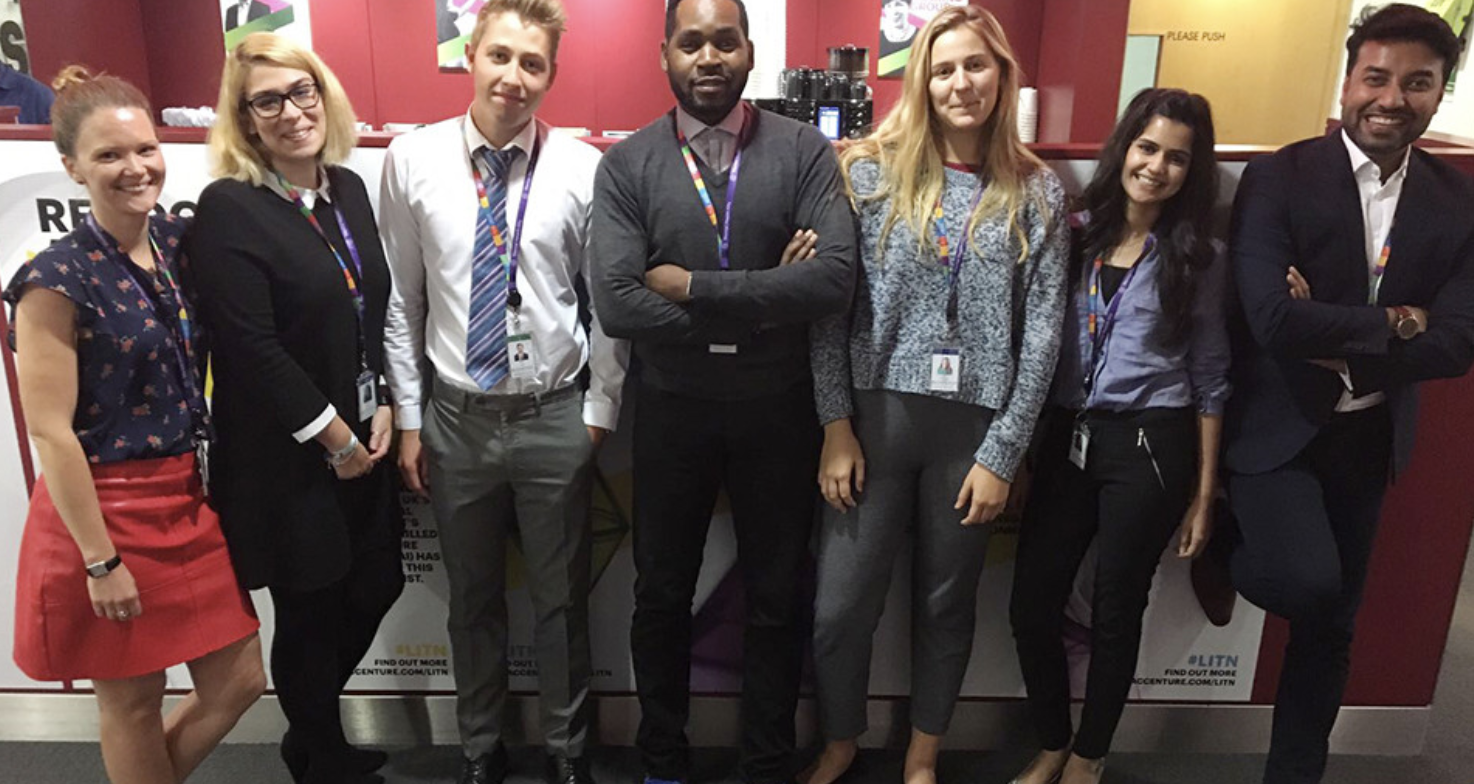This week I received an email from Dr Larry Barton, an adviser I trust tremendously, after the horrific suicide of Kate Spade. Waking up to yet another suicide that is making headlines, that of Anthony Bourdain, I wanted to post what he shared with me and others and repost a blog I wrote last year with my colleague Tony Horan. Let’s stay connected to all of the human beings in our lives, it could be a matter of life or death.
Excerpt From Dr. Barton’s email:
“the manner in which Ms. Spade took her life — hanging — is in the top ten methods used by at-risk persons globally. Other common methods include self-induced suffocation, poisoning, wrist cutting, carbon monoxide poisoning, death by railway (far more common in Europe and Asia than the Americas) and by gun. Just to give you one statistic from The Washington Post on Sunday, there are 439 gun suicides each week in the United States alone and the vast majority of these occur at home. However, as you have heard me state over the past two years, the suicide of comic Robin Williams generated an unprecedented “cluster” effect: persons who experienced suicidal ideation called various hot lines in unprecedented numbers for the following three weeks and, unfortunately, the completed rates of suicide commensurately increased… and continue to do so.
This is a difficult, no-win topic. It somehow doesn’t fit well with a safety campaign such as “Run, Hide or Fight.” However, because we are witnessing more suicides at the workplace and attributed to the workplace — stress, schedules, bullying by a co-worker, substance abuse, untreated mental illness — this is a time to remind your enterprise leaders and especially Human Resources of the more common warning signs of a person at risk.
No list is perfect, but among the common factors we witness from a threat assessment perspective include:
*Dramatic, recent and disturbing changes in behavior
* Statements in person, on a blog or social networking post discussing a likely suicide
* Giving away of personal possessions
* Financial loss, accusations of fraud or arrest that can cause mammoth depression and a sense of “no way out”
* Noteworthy recent changes in appearance, dress, hair color
* Open discussion of funeral or memorial services, often in a context directed at another person, e.g.,”If Carlos were to leave us, what kind of music would be appropriate to play at his memorial?)
* Wide mood swings, unexpected consumption of illicit drugs or alcohol– often the pathway to a numbing effect”
Having an adviser like Dr. Barton helps me tremendously as we work tirelessly to help our people be their best each and every day. I encourage everyone to have people they can connect who have specialized expertise.
If you need help, call 1-800-273-8255 to reach the National Suicide Prevention Lifeline for free 24/7 support or text HOME to 741741 for a confidential conversation with a counselor.


